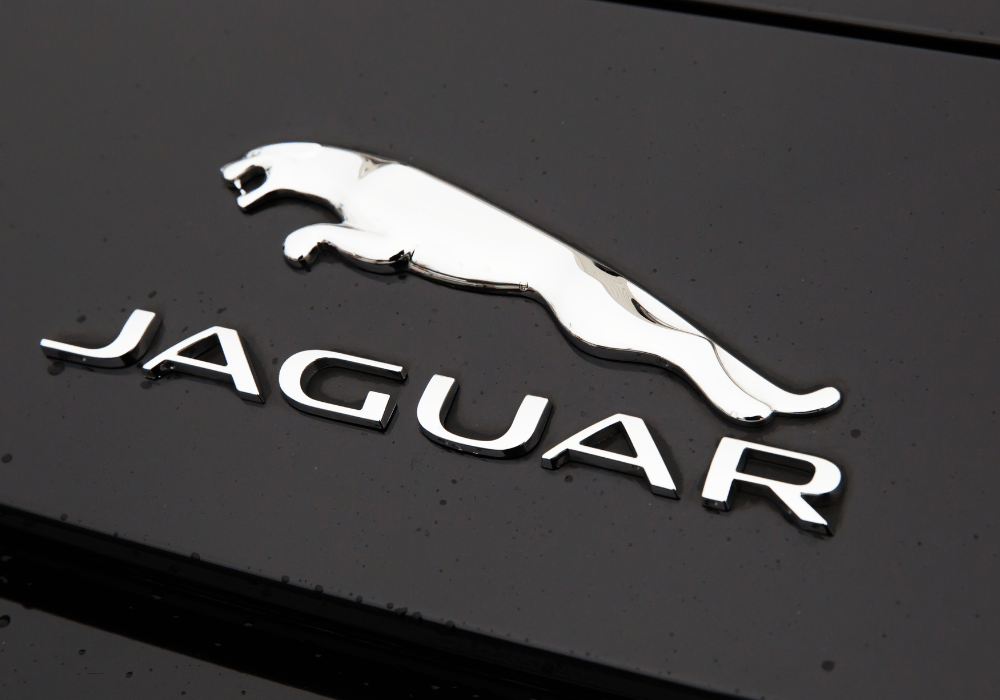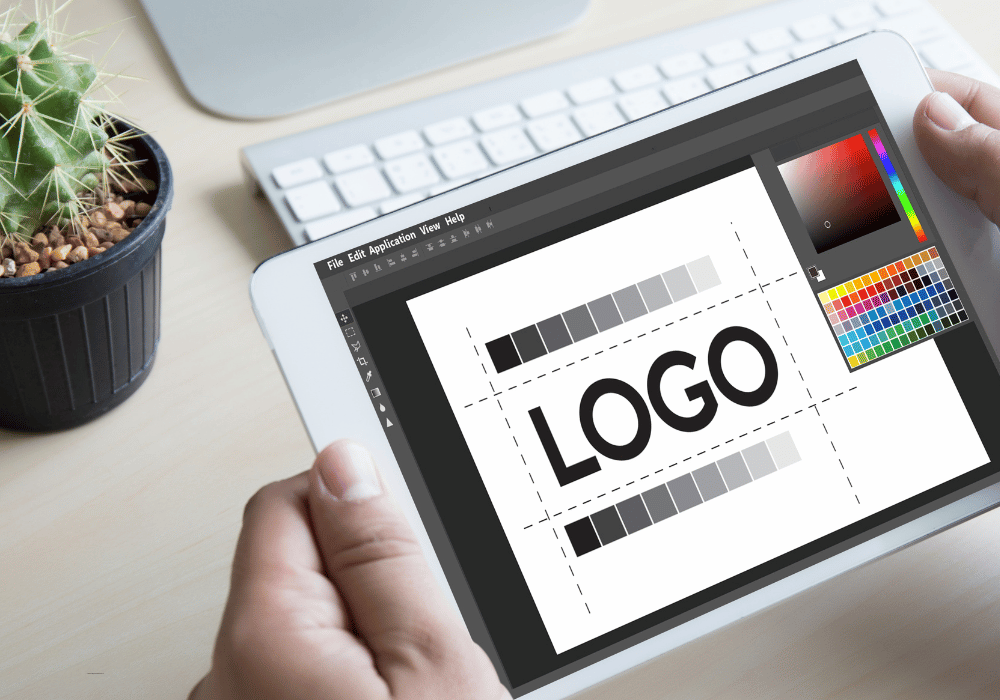A great logo is the visual cornerstone of a brand’s identity, capturing its essence in a single, memorable design. It plays a crucial role in communicating a business’s values, mission, and personality to its audience. For clients and designers alike, critiquing a logo design effectively is vital for creating a successful brand identity. Whether you’re providing feedback as a client or refining your work as a designer, this blog will guide you through the key steps to evaluate a logo’s quality and effectiveness.
Why Critiquing a Logo Design Matters
Critiquing is an essential part of the creative process. A thorough critique ensures that the logo aligns with the brand’s identity, stands out in a competitive market, and resonates with the target audience. Effective feedback can help refine ideas, eliminate weaknesses, and highlight strengths, ultimately resulting in a logo that effectively communicates its intended message.
Preparing to Critique a Logo Design
1. Understand the Brand
Before you start critiquing, ensure you have a clear understanding of the brand the logo represents. Review the following key aspects of the brand:
- Brand values and mission – What does the company stand for? What are its goals?
- Target audience – Who is the logo trying to appeal to?
- Industry trends – How does the logo fit within its specific market sector? Is it modern, classic, or industry-appropriate?
Having this context will help you evaluate whether the logo reflects the intended brand identity.
2. Familiarize Yourself with the Design Brief
For a constructive critique, refer back to the design brief provided by the client or stakeholder. The brief typically outlines:
- The brand’s vision and goals
- Preferred color schemes, typography, and style
- Specific design constraints or do’s and don’ts
By keeping the design brief in mind, you can judge how well the logo meets the requirements set forth.
Key Elements to Evaluate in a Logo Design
When critiquing a logo, break it down into its core components. Here’s a comprehensive look at the most important elements to consider:
1. Simplicity and Clarity
A successful logo should be simple, memorable, and clear. Ask yourself:
- Is the design easy to recognize and understand at a glance?
- Does the simplicity help make it versatile?
Simplicity ensures the logo can work across various mediums, from business cards to billboards, while still being effective.

2. Relevance to the Brand
Evaluate how well the logo reflects the essence of the brand. Consider the following:
- Does the style, color, and typography align with the brand’s personality?
- What emotions does the logo evoke, and do they match the intended message?
A tech company’s logo might emphasize sleek, modern elements, while a children’s brand would benefit from playful, vibrant designs.
3. Scalability and Versatility
Logos are used in a wide range of applications and sizes, from social media icons to large banners. Ensure the design works across different contexts:
- Does the logo maintain its impact when scaled down (e.g., on a mobile screen)?
- Does it look good in various formats, including black and white?
4. Uniqueness and Memorability
A logo must stand out in a crowded market and leave a lasting impression. To assess its uniqueness:
- Is the design visually distinct from competitors?
- Does it create a memorable image in the viewer’s mind?
Avoid generic elements or overused trends, which can make the logo feel unoriginal or outdated.
5. Balance and Proportion
The visual composition of the logo should feel harmonious. Critically evaluate elements like:
- The balance between text and graphics
- The proportion and spacing of design components
Proper alignment and spacing contribute to the overall visual appeal.
Tips for Providing Constructive Feedback
Critiquing a logo effectively goes beyond pointing out flaws. Here are some tips to provide actionable and constructive feedback:
1. Be Specific
Vague comments like “I don’t like it” or “It feels off” are not helpful. Instead, focus on specific aspects. For example:
- “The font feels too thin and may not be readable at smaller sizes.”
- “Consider using a color palette that evokes trust, such as blues and greens.”
2. Align Feedback with the Brand Goals
Tie your feedback back to the brand’s identity and design brief. For example:
- “This logo feels modern but doesn’t communicate the brand’s friendly personality. Could we explore softer lines or rounded typography?”
3. Balance Positive and Constructive Criticism
Appreciate what works well before addressing areas for improvement. For example:
- “The concept of combining these two symbols is creative and effectively communicates innovation. However, the use of gradients may reduce scalability and versatility.”
4. Ask Questions
Encourage dialogue by framing feedback as questions. For example:
- “Have we tested how this logo looks in black and white?”
- “Could the icon work as a favicon for the website?”
This approach fosters collaboration between clients and designers.
Common Mistakes to Avoid When Critiquing
While critiquing, it’s important to avoid common pitfalls that could derail the process:
- Overemphasizing personal preferences – Focus on the goals and audience rather than your personal taste.
- Providing overly vague feedback – Ambiguous comments make it hard to implement meaningful changes.
- Rejecting new ideas immediately – Be open to unconventional approaches that may push creative boundaries.

Iteration is Key
A logo design critique is rarely a one-time event. Effective logos often emerge from an iterative process, with feedback and adjustments made over multiple rounds. Patience and collaboration are crucial for achieving the desired outcome.
Critiquing a logo design is both a skill and an art. By understanding the brand, evaluating key elements, and providing constructive feedback, both clients and designers can contribute to the creation of logos that are impactful, enduring, and true to the brand’s identity. When done thoughtfully, the critique process can elevate a logo from good to exceptional, ensuring it leaves a lasting impression on audiences for years to come.

